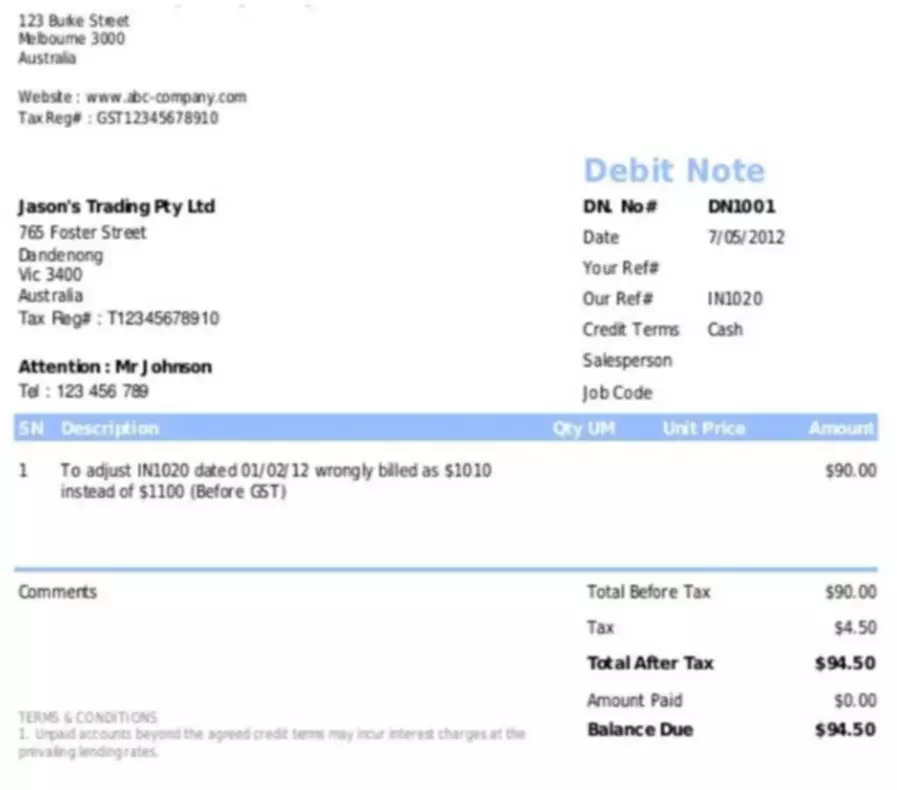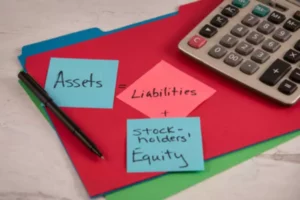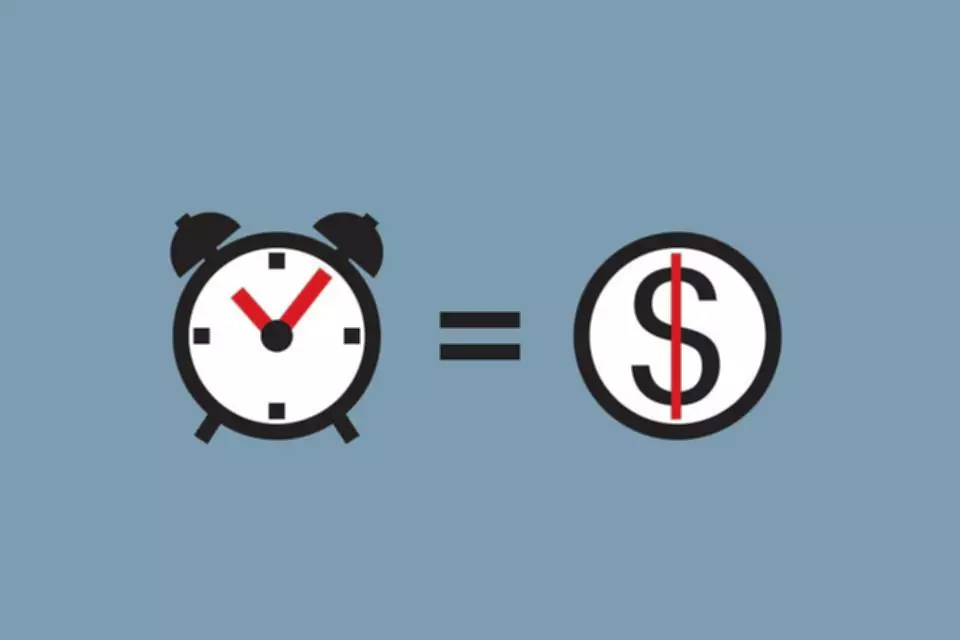Content

If you want to work in the private accounting sector, you will need a bachelor’s degree in accounting. Unlike public accounting, you do not need a CPA license in order to advance. Other credentials, such as a master’s degree in accounting or an MBA can be beneficial in helping you rise through the ranks. A master’s degree in accounting is ideal for professionals who want to specialize in accounting and finance, while an MBA can help accountants gain cross-functional leadership skills. TheAssociation of Government Accountants offers the Certified Government Financial Manager credential to accountants or auditors working with federal, state, or local government.
This includes preparing written reports and meeting face-to-face with organization managers and individual clients. I believe many people leave public accounting because they are not aware of the growth opportunities, including a path to partnership. This can be more difficult in smaller firms because of limited staffing or client and firm growth, but larger firms should make staff aware of growth prospects and also of their future salary potential. A new hierarchy has developed, with imaginative categories of partners and positions for those without an accounting degree. Senior management at firms has traditionally been weak in promoting these opportunities, but I see this changing rapidly. You enter the career at an entry-level position as an auditor, consultant, or tax professional and can work your way up through different management and director ranks, eventually becoming a partner.
Certificate Programs
Tax work including the preparation of income tax returns, estate and tax planning, etc. When a PAF registers with the PCAOB, it needs to pay a certain amount as the fees. Creating financial reports and helping derive insights for upper management. IPA’s proprietary scoring system removes imbalances that could be attributed to the size of a firm or its proximity to a major metropolitan area. The result is the clearest picture yet of the best-managed firms and their common characteristics.

Public Accounting And Private AccountingThe accounting of financial documents that the corporation is compelled to disclose to the public is known as public accounting. Private accounting is the accounting of a company’s financial information in which the accountant works primarily for the internal manager. Such firms ensure that the financial statements of their clients are complete in all aspects before being disclosed to the public. Some accountants will appreciate this atmosphere, while others may look for faster-paced environments. These are some of the pros and cons to consider if you want to pursue private accounting. If public accounting seems intriguing, it’s only one side of the accounting industry. There are also a multitude of career opportunities in the other major sector—private accounting.
Clubs and Organizations
While not as significant as the changes to come in 2024, the CPA exam saw some changes in 2017. The biggest change in 2017 was the amount of knowledge required to answer each of the questions.
What is public accounting?
Public accounting refers to providing a collection of financial or accounting services to one or more clients. Precisely, such services include preparing financial statements, auditing the statements, filing tax returns, advising on mergers and acquisitions, and so on.
As part of the CPE requirement, most states require their https://www.bookstime.com/s to take an ethics course at some frequency . AICPA guidelines grant licensees 1 hour of CPE credit for every 50 minutes of instruction. On July 28, 1882, the Institute of Accountants and Bookkeepers of the City of New York became the first accounting corporation which supports the need of people in the accounting field and for educational purposes. With the accountancy and industry growing in the world, the need of looking for services from professional accountants who had higher standards and were recognized had been considered. In 1887, the American Association of Public Accountants was created to set moral standards for the practice of accounting.

